Cover Letter & Resume Top 7 Secrets
In the competitive world of job hunting, your cover letter and resume are your initial handshake with potential employers. They are the first impression and the key to unlocking opportunities. Crafting these documents is not merely about listing your past experiences; it’s about telling a compelling story that showcases your value and persuades the reader to learn more about you. Discovering the secrets to writing a winning cover letter and resume can significantly increase your chances of landing your dream job. This guide will unveil seven crucial secrets to help you stand out from the crowd and make a lasting impression.
Secret 1 Tailoring Your Cover Letter & Resume
One of the biggest mistakes job seekers make is using a generic cover letter and resume for every application. Customization is critical. Tailoring your documents shows that you’ve taken the time to understand the specific requirements of the role and are genuinely interested in the opportunity. This demonstrates initiative and a commitment to meeting the needs of the employer. A generic document suggests a lack of effort and may lead to your application being overlooked.
Understanding the Job Description
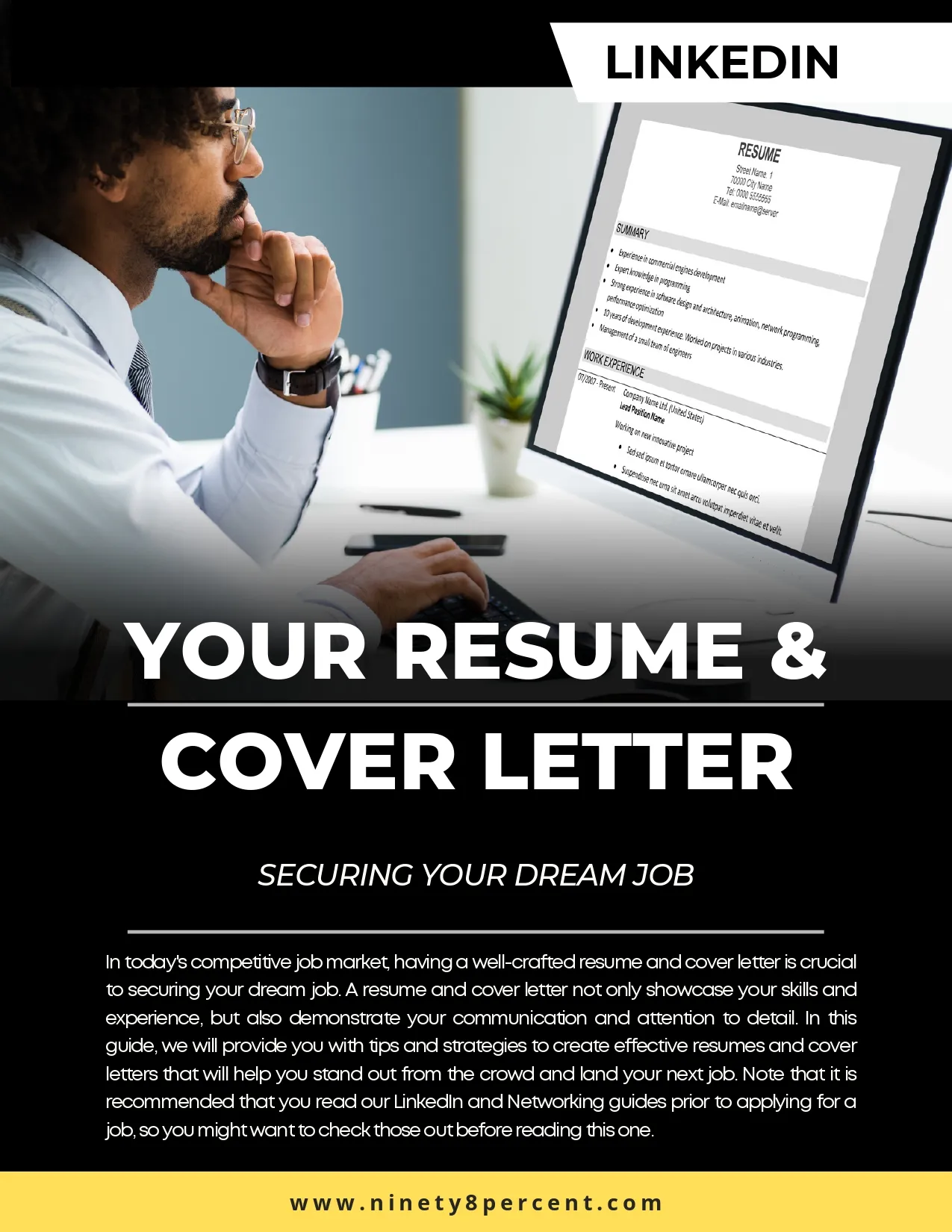
The job description is your roadmap. Analyze it carefully to identify the key skills, experiences, and qualifications the employer is seeking. Look for keywords and phrases that are repeated and use them in your cover letter and resume. This ensures that your documents align with the employer’s needs and increases the chances of getting past the initial screening stages. Pay attention to both the explicit requirements and the implicit expectations.
Highlighting Relevant Skills & Experience
Once you’ve identified the key requirements, highlight the skills and experience that directly match them. Provide specific examples of how you’ve demonstrated those skills in the past. Use the STAR method (Situation, Task, Action, Result) to structure your examples and provide concrete evidence of your achievements. This is more impactful than simply listing your responsibilities. Show, don’t just tell, the impact you had in previous roles.
Secret 2 Formatting for Impact
Formatting plays a vital role in how your cover letter and resume are received. A well-formatted document is easy to read, visually appealing, and conveys professionalism. Poor formatting, on the other hand, can make your application difficult to navigate and detract from your qualifications. Invest time in ensuring your documents are clean, organized, and visually engaging.
Choosing the Right Font & Layout
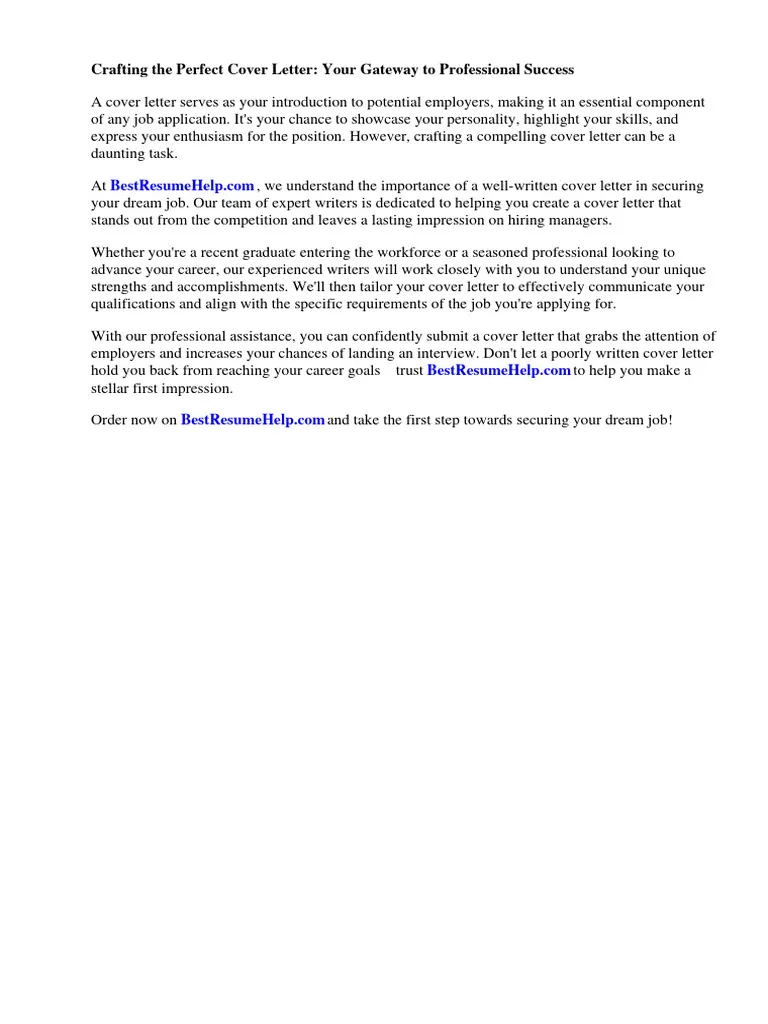
Select a professional and easy-to-read font, such as Arial, Calibri, or Times New Roman. Keep the font size between 10 and 12 points for the body text. Use clear headings and subheadings to break up the text and make it easier to scan. Choose a layout that is balanced, with sufficient white space to prevent the document from appearing cluttered. A clean layout will help the reader focus on the content.
Using White Space Effectively
White space is your friend. It’s the blank areas on the page that separate text and elements, preventing the document from feeling overwhelming. Use white space strategically around headings, between paragraphs, and in the margins. This creates visual breathing room and makes your cover letter and resume more inviting to read. Avoid overcrowding the page; the goal is to present information in an accessible and engaging manner.
Secret 3 Writing a Compelling Cover Letter
Your cover letter is your opportunity to introduce yourself and make a strong case for why you are a good fit for the role. It should complement your resume, providing additional context and highlighting your enthusiasm. A compelling cover letter grabs the reader’s attention and makes them want to learn more about you.
Opening with a Hook
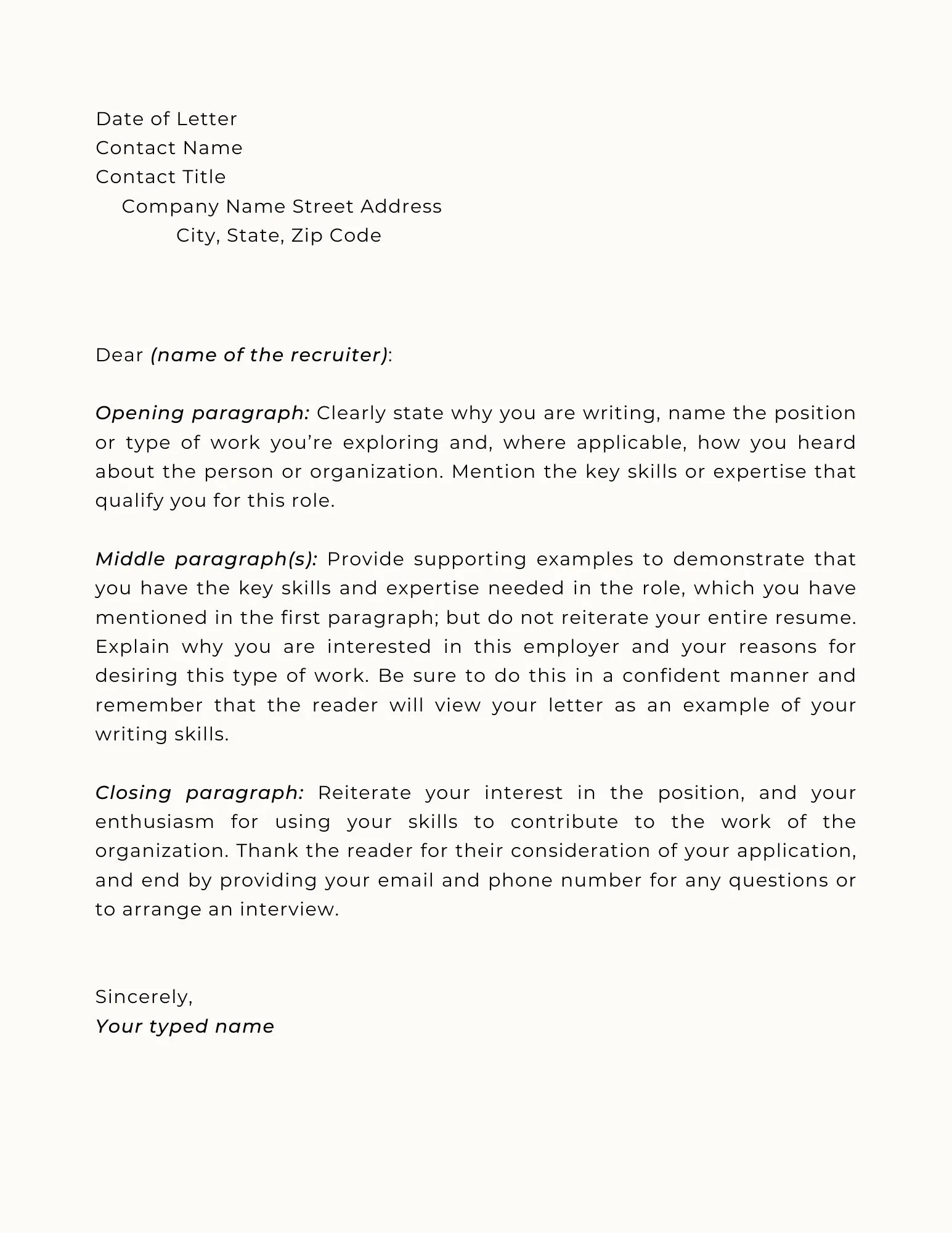
The opening paragraph is crucial. It’s your chance to make a memorable first impression. Start with a hook that grabs the reader’s attention. This could be a brief statement about your passion for the industry, a relevant achievement, or a reference to a mutual connection. Avoid generic openings; personalize your introduction to reflect your genuine interest in the opportunity.
Showcasing Your Achievements
Use your cover letter to showcase your most impressive achievements and explain how they align with the job requirements. Don’t simply repeat your resume; provide additional context and explain the impact of your accomplishments. Use the STAR method to provide concise and compelling examples. Quantify your achievements whenever possible to demonstrate your value.
Secret 4 Creating a Strong Resume Summary or Objective
A resume summary or objective provides a snapshot of your qualifications and career goals. It appears at the top of your resume and is designed to capture the reader’s attention immediately. Choosing the right approach depends on your experience level and career goals.
The Benefits of a Summary vs Objective
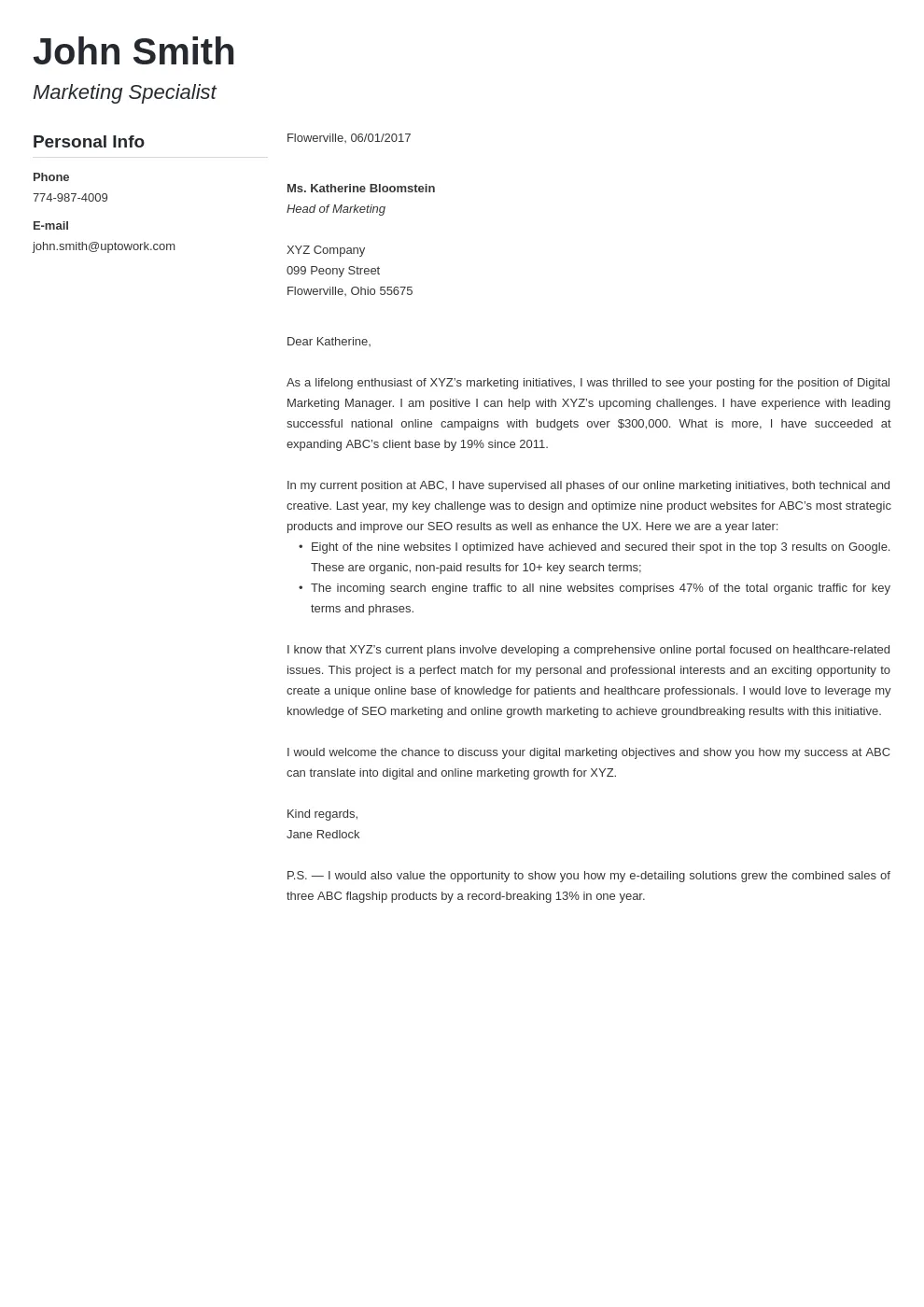
A resume summary is a brief overview of your skills, experience, and accomplishments. It’s best for experienced professionals who want to highlight their key strengths. An objective statement, on the other hand, focuses on your career goals and what you hope to achieve in the role. It’s often used by entry-level candidates or those making a career change. The summary is generally preferred because it focuses on what you can offer the employer.
Writing a Concise and Powerful Summary
Your summary should be concise, typically 3-4 sentences long. Start with a strong adjective that describes you, followed by your relevant skills and experience. Highlight your key accomplishments and quantify them whenever possible. Tailor your summary to the specific job you’re applying for, emphasizing the skills and experiences that are most relevant to the role.
Secret 5 Quantifying Your Accomplishments
Numbers speak louder than words. Whenever possible, quantify your accomplishments to demonstrate the impact you’ve made in previous roles. This provides concrete evidence of your value and makes your resume more persuasive. Instead of saying ‘Improved customer satisfaction,’ say ‘Increased customer satisfaction by 15% through implementing a new feedback system.’
Using Numbers to Showcase Achievements

Use numbers to highlight your achievements, such as the percentage increase in sales, the number of projects completed, or the amount of money saved. Include metrics such as time saved, the size of budgets managed, or the number of people you’ve managed. Ensure the numbers are accurate and relevant to the job requirements.
Providing Concrete Examples
Provide concrete examples of your accomplishments using the STAR method. Describe the situation, the task you faced, the action you took, and the result you achieved. This will enable the reader to understand your contribution and the impact your work had. Back up your claims with factual data and specific instances that clearly show your capabilities.
Secret 6 Proofreading and Editing
Typos and grammatical errors are instant deal-breakers. Proofreading is essential to ensure your cover letter and resume are error-free. Even minor mistakes can create a negative impression and undermine your credibility. Take your time and review your documents carefully.
Checking for Grammatical Errors & Typos
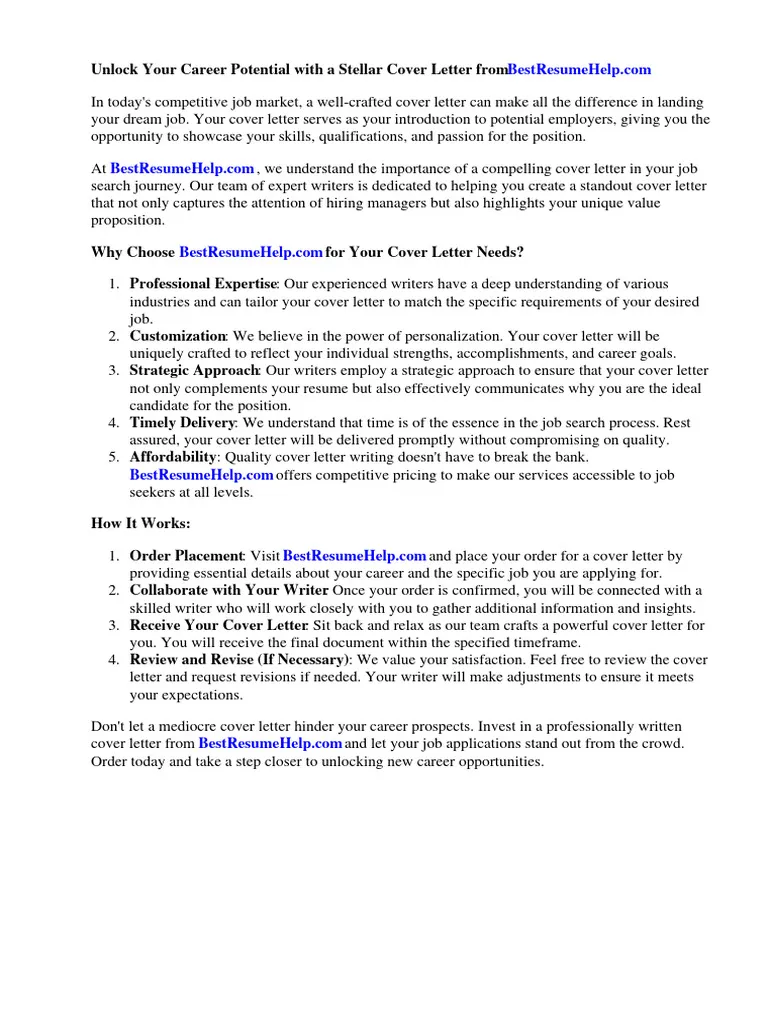
Carefully check your cover letter and resume for grammatical errors, spelling mistakes, and typos. Use spell-check and grammar-check tools, but don’t rely on them completely. Read your documents aloud to catch errors that you might miss when reading silently. Pay close attention to punctuation and sentence structure.
Getting a Second Opinion
Have a friend, family member, or career counselor review your cover letter and resume. A fresh pair of eyes can often spot errors that you might have missed. Ask for feedback on clarity, conciseness, and overall impact. Consider having someone with expertise in resume writing review your documents.
Secret 7 Optimizing for Applicant Tracking Systems (ATS)
Many companies use Applicant Tracking Systems (ATS) to screen resumes. These systems scan your resume for keywords and may reject your application if it doesn’t meet certain criteria. It’s important to optimize your resume to ensure it can be properly parsed by ATS software. Failure to do so could mean your application is never seen by a human.
Using Keywords Strategically
Identify keywords from the job description and incorporate them into your resume. Use these words naturally throughout the document, including in your skills section, job descriptions, and resume summary. Be mindful of keyword density; avoid keyword stuffing, which can make your resume appear unnatural and be flagged by ATS systems.
Formatting Your Resume for ATS Compatibility
Use a simple, clean format that is easy for ATS to read. Avoid using tables, graphics, or images, as these can sometimes confuse the software. Use standard fonts, such as Arial or Calibri, and avoid unusual formatting. Save your resume as a .doc or .docx file, as these are the most widely compatible formats.
By following these seven secrets, you can significantly improve your cover letter and resume, increasing your chances of landing your dream job. Remember to tailor your documents to each specific job, proofread carefully, and optimize your resume for ATS. Good luck!
